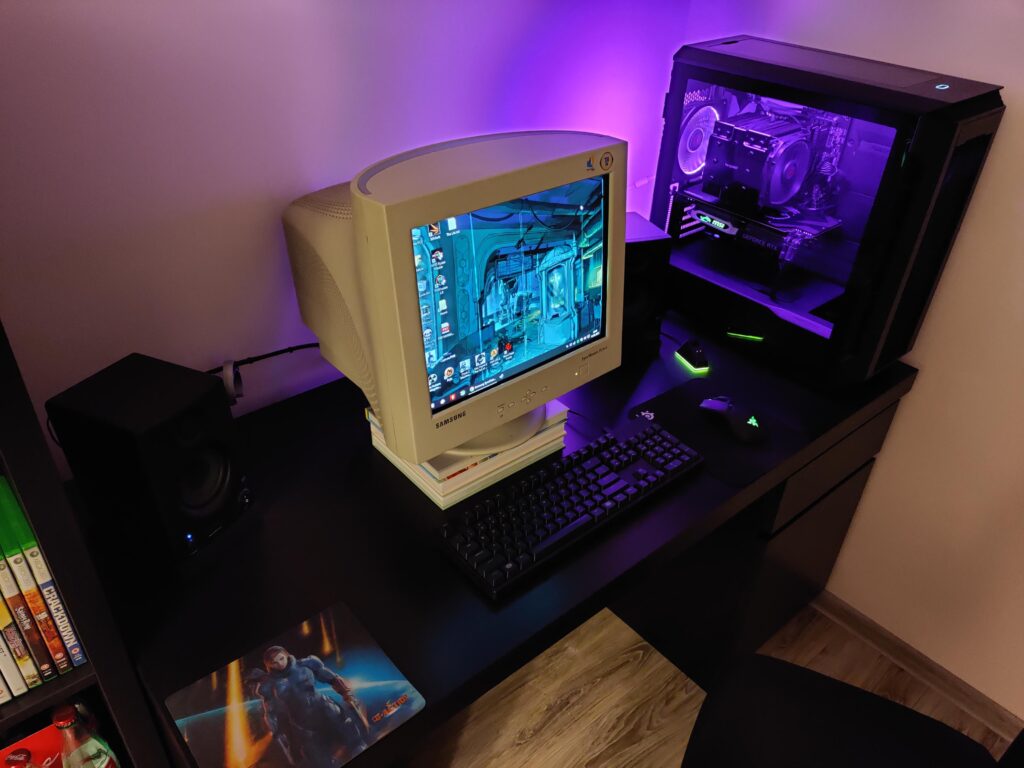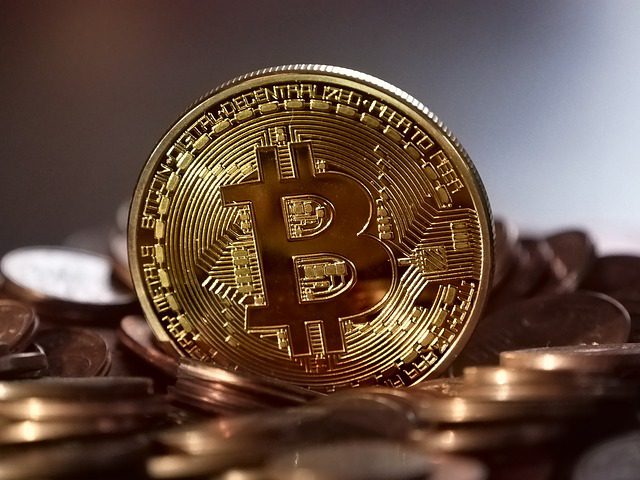
The Evolution of Computer Hardware
In the ever-evolving landscape of technology, the history of computer hardware is a fascinating saga of innovation, revolution, and relentless progress. From the rudimentary abacuses of ancient civilizations to the sleek and powerful devices we rely on today, the journey of computer hardware has been nothing short of remarkable. This article explores the intricate tapestry of the evolution of computer hardware, tracing its roots back to the earliest of days and unveiling the future that awaits.
The Dawn of Computer Hardware
Our journey began in antiquity, long before the advent of microchips and silicon. The earliest forms of computer hardware can be traced back to the ancient Greeks and Romans who used devices like the abacus for basic arithmetic calculations. These early computing tools, while rudimentary, laid the foundation for what was to come.
The Mechanical Marvels
Jumping forward in time, we arrive at the 19th century, where mechanical calculators like Charles Babbage’s Analytical Engine and Herman Hollerith’s punched card machines played pivotal roles in the evolution of computer hardware. These mechanical marvels were the precursors to the electronic brains that would dominate the 20th century.
The Age of Electronics
The true revolution in computer hardware began with the advent of electronics. In the 1930s and 1940s, pioneers like Alan Turing and John von Neumann laid the theoretical groundwork for digital computers. Then, in 1941, Konrad Zuse built the world’s first electromechanical, freely programmable computer, the Z3. This marked the beginning of the electronic era.
The Birth of Transistors
One of the most critical milestones in computer hardware evolution was the invention of the transistor in 1947. Developed by John Bardeen, Walter Brattain, and William Shockley at Bell Labs, the transistor replaced bulky vacuum tubes, making computers smaller, faster, and more reliable. This innovation paved the way for the modern computing age.
The Rise of Microprocessors
Fast forward to 1971, when Intel introduced the first commercially available microprocessor, the 4004. This tiny silicon chip marked the birth of the microprocessor revolution, enabling the development of personal computers. The 1970s saw the emergence of iconic machines like the Apple II and the Commodore PET, bringing computing power to the masses.
The PC Revolution
The 1980s witnessed the explosion of the personal computer market, with companies like IBM, Apple, and Microsoft vying for dominance. The IBM PC, running on Microsoft’s MS-DOS operating system, became the industry standard, setting the stage for the ubiquitous PCs we use today. The 1990s saw the advent of Windows, solidifying Microsoft’s position.

The Internet Age
The late 20th century also witnessed the birth of the World Wide Web, forever changing how we interact with computers. The Internet age brought with it a need for faster and more capable hardware. Moore’s Law, coined by Gordon Moore in 1965, accurately predicted the rapid pace of hardware advancement, with the number of transistors on a microchip doubling approximately every two years.
The Mobile Revolution
As the 21st century dawned, mobile computing became the next frontier in computer hardware. Smartphones and tablets redefined our relationship with technology, making powerful computing devices accessible to billions. Companies like Apple, Samsung, and Google competed fiercely to produce the most advanced and user-friendly devices.
The Future of Computer Hardware
Looking ahead, the evolution of computer hardware shows no signs of slowing down. Quantum computing, 3D printing of electronic components, and the integration of artificial intelligence are just a few of the exciting developments on the horizon. These innovations promise to reshape industries, accelerate scientific discovery, and revolutionize everyday life. If you enjoyed this article about computers then visit Web Juniors for more interesting articles.
In conclusion, the evolution of computer hardware is a testament to human ingenuity and our unquenchable thirst for progress. From the abacus to quantum computers, each era has brought us closer to unlocking the true potential of technology. As we stand on the precipice of the future, it’s clear that the only constant in the world of computer hardware is change.










